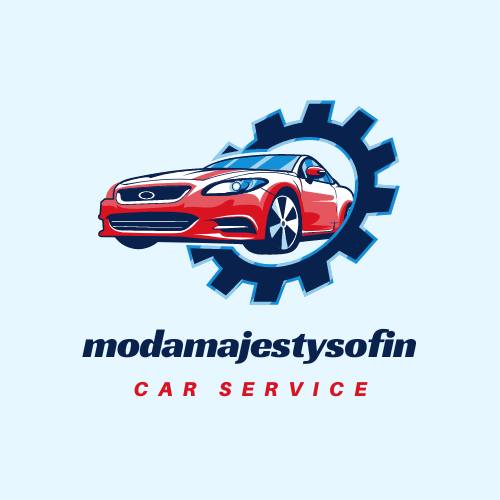Build an LLM Application with Dataiku, Databricks, and LangChain
Less data helps the LLM focus on the more important facts while also reducing network and request overhead, which by extension, helps to reduce costs. With RAG, when a user makes a query, we add the information needed to answer the query to the system message. We then instruct the LLM to use the information provided in the system message when answering the query. By doing this, the LLMs response can then contain information on which it was not trained but which we directly provided. Whatever method you use, you will be left with a large number of prompts and responses of varying quality.
Finally, building your private LLM can help to reduce your dependence on proprietary technologies and services. This reduction in dependence can be particularly important for companies prioritizing open-source https://www.metadialog.com/custom-language-models/ technologies and solutions. By building your private LLM and open-sourcing it, you can contribute to the broader developer community and reduce your reliance on proprietary technologies and services.
NLP Resources for African Languages – Luganda/Kinyarwanda Translation Model
Closed-source LLMs, such as ChatGPT, Google Bard, and others, have demonstrated their effectiveness. These include concerns about data privacy, limited customization and control, high operational costs, and occasional unavailability. Give your knowledge base a cool name and set access settings if you like.
They can generate coherent and diverse text, making them useful for various applications such as chatbots, virtual assistants, and content generation. Researchers and practitioners also appreciate hybrid models for their flexibility, as they can be fine-tuned for specific tasks, making them a popular choice in the field of NLP. This type of modeling is based on the idea that a good representation of the input text can be learned by predicting missing Custom Data, Your Needs or masked words in the input text using the surrounding context. Autoregressive language models have also been used for language translation tasks. For example, Google’s Neural Machine Translation system uses an autoregressive approach to translate text from one language to another. The system is trained on large amounts of bilingual text data and then uses this training data to predict the most likely translation for a given input sentence.
Potential use cases and benefits of an LLM for businesses
Next, you will need an API key from OpenAI to train and create a chatbot that uses a custom knowledge base. To obtain this key, create an account on OpenAI or log in to your existing account, then select “View API keys” from your profile and click “Create new secret key” to generate a unique API key. It is important to save this key to a plain text file and keep it private as it is only accessible to your account.
How to train ml model with data?
- Step 1: Prepare Your Data.
- Step 2: Create a Training Datasource.
- Step 3: Create an ML Model.
- Step 4: Review the ML Model's Predictive Performance and Set a Score Threshold.
- Step 5: Use the ML Model to Generate Predictions.
- Step 6: Clean Up.
Can I train my own AI model?
There are many tools you can use for training your own models, from hosted cloud services to a large array of great open-source libraries. We chose Vertex AI because it made it incredibly easy to choose our type of model, upload data, train our model, and deploy it.
Can I design my own AI?
AI is becoming increasingly accessible to individuals. With the right tools and some know-how, you can create a personal AI assistant specialized for your needs. Here are five steps that will help you build your own personal AI.
